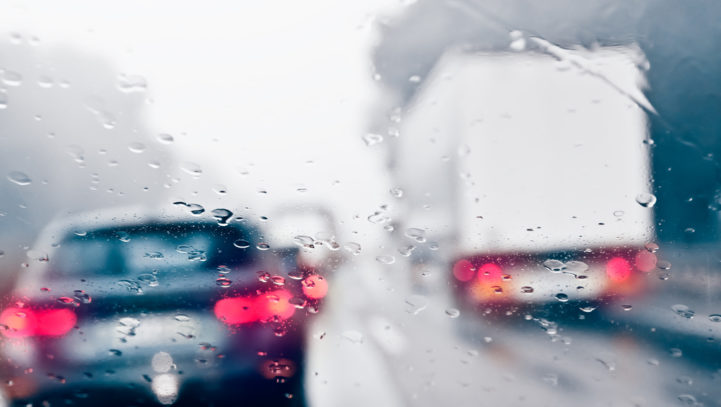Driving With Hazards On: Now Legal in Florida in Certain Limited Circumstances
March of every year brings another legislative session in Tallassee and, often, also brings with it changes to the laws that affect the operation of motor vehicles in Florida. The 2021 legislative session was no exception. Aside from an attempted change to the state’s mandated Personal Injury Protection (PIP) insurance law that would have been the biggest change to motor vehicle liability insurance requirements in Florida in decades that was ultimately vetoed by Governor DeSantis, another little-noticed change that occurred during the 2021 legislative session concerned drivers’ ability to use their hazard lights on highways in Florida in rain, fog, or other times of reduced visibility. After years of being illegal in Florida’s notoriously torrential rainstorms, particularly those in South Florida, driving with hazards on is now permitted for Sunshine State drivers while they are on highways where weather conditions have severely reduced visibility.
Why Were No Hazard Lights Previously Allowed to Be Used by Motorists When They Were Driving and It Was Raining or Foggy?
Driving with your hazards on while it was raining or foggy or visibility was otherwise low or reduced used to be a major no-no on the roads in Florida. Previously a driver was only supposed to be using their hazards when the vehicle was stopped on the side of the road or was part of a funeral procession. Law enforcement officials worried that allowing drivers to drive with their hazards on, even during the terrible rainstorms that South Florida gets, would confuse other drivers on the road and, in particular, their ability to predict what someone with his or her hazards on was going to do in order to be able to react safely. Law enforcement and public safety officials had previously told drivers to simply get off the road and pull to the side if it was too dangerous to drive due to rain or reduced visibility.
Nevertheless, even Florida’s own previous law made it somewhat of an outlier, one of only ten states that, according to traffic safety organization AAA, prohibited driving with your hazards on during rainstorms, fog or other times of reduced visibility.
Driving with Hazards on During a Rainstorm in Florida: Legal But Only Under Very Limited Circumstances
The new law will only permit drivers to utilize their hazards on the highway (meaning any road in the Sunshine State where the speed limit is 55 mph or greater) and only in conditions with “extremely low visibility.” The conditions in which this is legal are heavy rain, fog or smoke, but there are no specific guidelines as to what constitutes “extremely low visibility,” so drivers can take comfort that their own judgment will be the guide as to whether or not visibility is low enough to require the use of hazard lights.
Contact Schwed, Adams & McGinley
At Schwed, Adams & McGinley, our experienced personal injury attorneys have more than 150 years of representing the victims of motor vehicle accidents and other personal injury scenarios in Florida. Simply because it is now legal to drive with your hazards on in Florida does not mean that if a driver has his hazards on in fog that the driver is not driving negligently if his or her actions cause an accident. If you are injured by someone else’s negligence in Florida, our experienced personal injury attorneys will seek to obtain maximum compensation for your injuries. If you have been injured due to someone else’s negligence in Florida, contact the experienced personal injury attorneys at Schwed, Adams & McGinley, P.A. today at 877-694-6079 or contact@schwedlawfirm.com for a free consultation.





